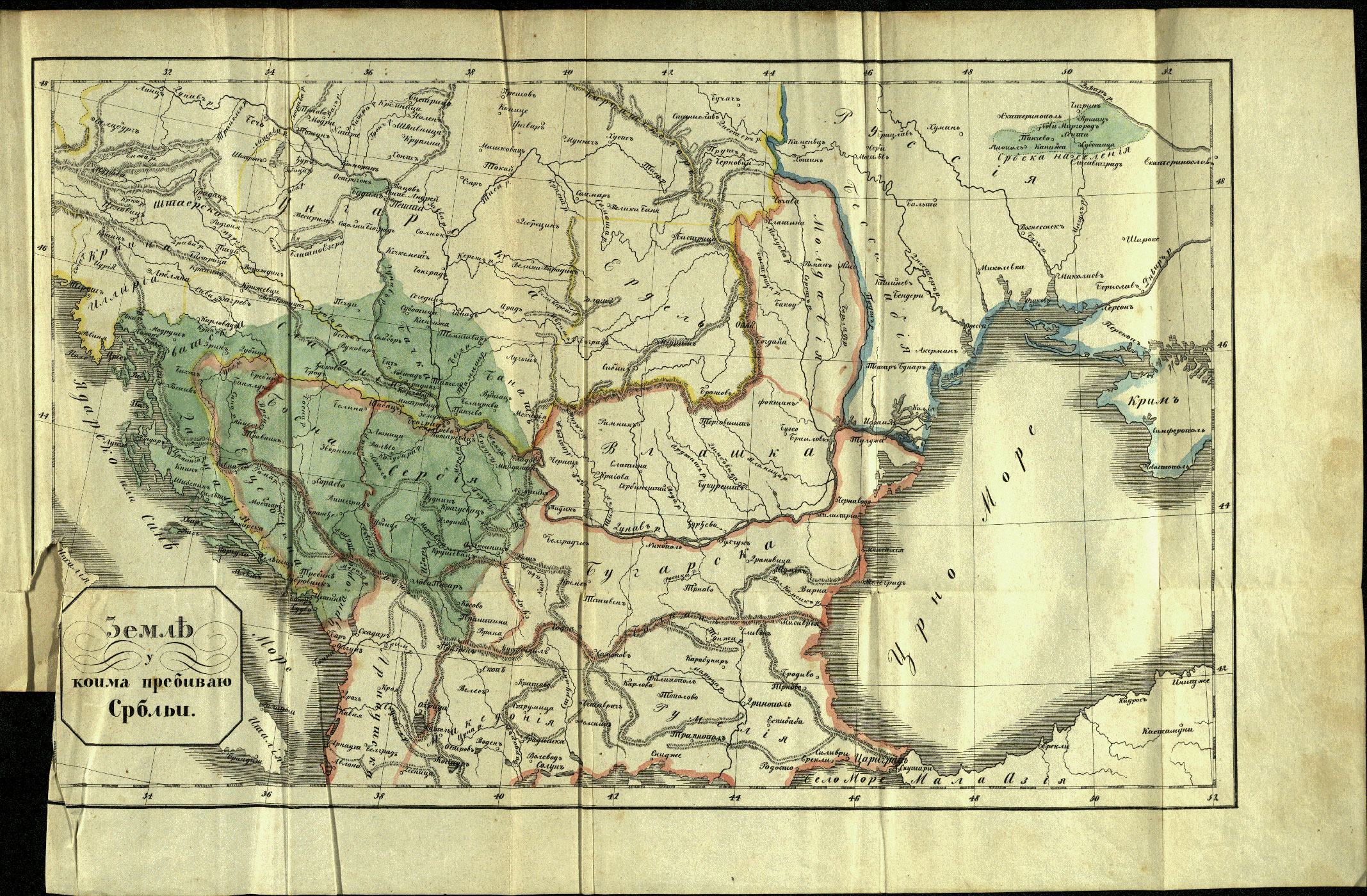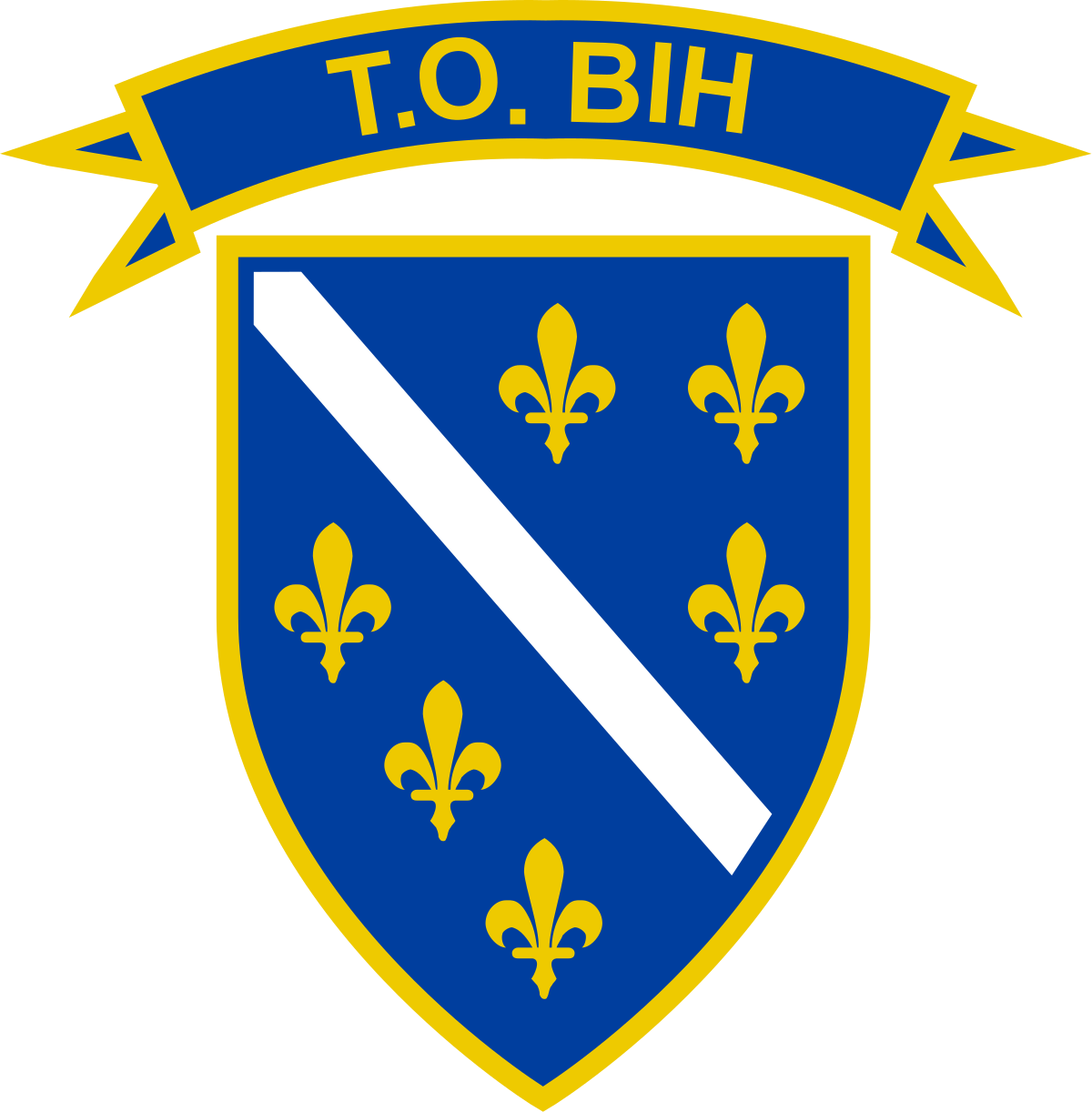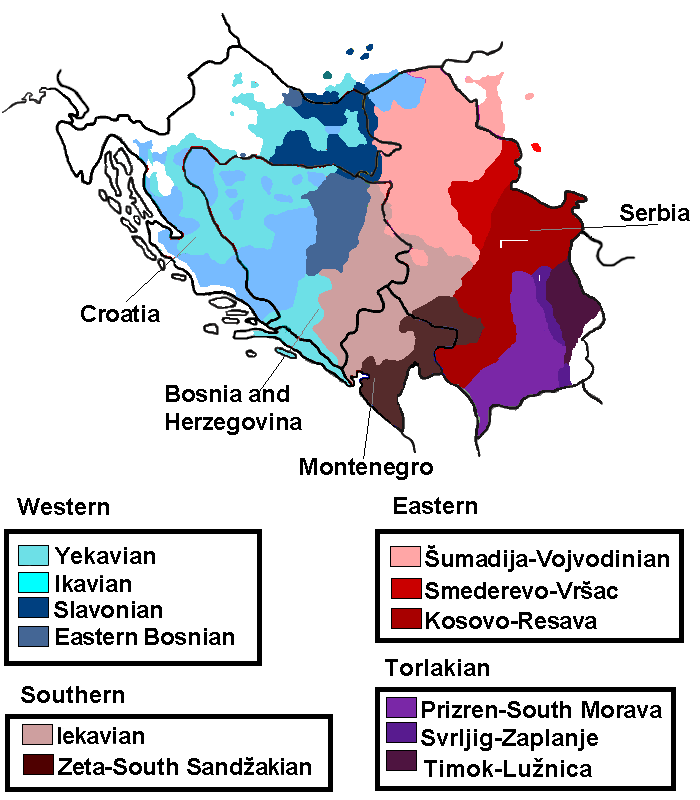|
1992 Bosnian Independence Referendum
An independence referendum was held in the Socialist Republic of Bosnia and Herzegovina between 29 February and 1 March 1992, following the first free elections of 1990 and the rise of ethnic tensions that eventually led to the breakup of Yugoslavia. Independence was strongly favoured by Muslim and Bosnian Croat voters while Bosnian Serbs boycotted the referendum or were prevented from participating by Bosnian Serb authorities. The total turnout of voters was 64%, 99.7% of whom voted for independence. On 3 March, the Chairman of the Presidency of Bosnia and Herzegovina Alija Izetbegović declared the independence of the Republic of Bosnia and Herzegovina and the parliament ratified the action. On 6 April, the United States and the European Economic Community recognized Bosnia and Herzegovina as an independent state and on 22 May it was admitted into the United Nations. Background In November 1990, the first free elections were held, putting nationalist parties into power ... [...More Info...] [...Related Items...] OR: [Wikipedia] [Google] [Baidu] |
Independence Referendum
An independence referendum is a type of referendum in which the residents of a territory decide whether the territory should become an Independence, independent sovereign state. An independence referendum that results in a vote for independence does not always ultimately result in independence. Procedure An independence referendum typically arises first after political success for nationalism, nationalists of a territory. This could come in the election of politicians or parties with separatism, separatist policies, or from pressure from list of nationalist organizations, nationalist organisations. Negotiations Negotiations for the terms of an independence referendum may take place between the nationalists and the government which exercises sovereignty over the territory. If terms can be agreed, then the independence referendum can be held with its result binding, and respected by the international community. Independence referendums can be held without the consent of a nation ... [...More Info...] [...Related Items...] OR: [Wikipedia] [Google] [Baidu] |
Jure Pelivan
Jure Pelivan (; 1 December 1928 – 18 July 2014) was a Bosnian Croat politician and economist who served as the last Prime Minister of the Socialist Republic of Bosnia and Herzegovina from 1990 to 1992, during the end of the Yugoslav era. He then served as the first Prime Minister of the independent Republic of Bosnia and Herzegovina from March to November 1992. Pelivan was a member of the Croatian Democratic Union. Early life Jure Pelivan was born on 1 December 1928 in the village of Orguz, which is located near Livno. He was ethnically Croat. When he was still active in economics, he served as director of the branch in Livno and Deputy Governor for the Central Bank of Bosnia and Herzegovina. Political career He represented Mostar in the National Assembly in the 90s. From December 1990 to March 1992 he was President of the Executive Council. He announced his resignation in April 1992 from this position, with the government remaining in office until the next election, wh ... [...More Info...] [...Related Items...] OR: [Wikipedia] [Google] [Baidu] |
Republika Srpska
Republika Srpska ( sr-Cyrl, Република Српска, ; also referred to as the Republic of Srpska or Serb Republic) is one of the two Political divisions of Bosnia and Herzegovina, entities within Bosnia and Herzegovina, the other being the Federation of Bosnia and Herzegovina. Situated in the northern and eastern regions of the country, it recorded a population of 1,228,423 in the 2013 census. Its largest city and administrative hub is Banja Luka, located on the banks of the Vrbas (river), Vrbas River. Republika Srpska was established in 1992 at the onset of the Bosnian War with the stated purpose of safeguarding the interests of the Serbs of Bosnia and Herzegovina. During the conflict, the Ethnic cleansing in the Bosnian War, expulsion of the majority of Croats of Bosnia and Herzegovina, Croats and Bosniaks from territories controlled by Republika Srpska occurred, while the majority of Serbs of Bosnia and Herzegovina, Serbs were displaced or expelled from the Federati ... [...More Info...] [...Related Items...] OR: [Wikipedia] [Google] [Baidu] |
1991 Bosnian Serb Referendum
A referendum on remaining in Yugoslavia was held in the parts of Bosnia and Herzegovina with a significant Serb population on 10 November 1991.Bosnien-Herzegowina, serbischer Teil, 10. November 1991 : Unabhängige Serbische Republik in Bosnien-Herzegowina Direct Democracy The referendum was organised by the Bosnian Serb Assembly and asked two questions; to Serbs it asked: Non-Serbs were asked: It was approved by 98% of voters, and was subsequently established on 9 January 1992. Results Aftermath The[...More Info...] [...Related Items...] OR: [Wikipedia] [Google] [Baidu] |
National Assembly (Republika Srpska)
The People's Assembly of Republika Srpska ( Serbian: ''Народна скупштина Републике Српске''; Croatian: ''Narodna skupština Republike Srpske''; abbr. НСРС/NSRS) is the legislative body of Republika Srpska, one of two entities of Bosnia and Herzegovina. The current assembly is the ninth since the founding of the entity. History The People's Assembly of Republika Srpska was founded on 24 October 1991 as the Assembly of the Serb People of Bosnia and Herzegovina, with its administrative seat in Sarajevo. Due to the Bosnian War, the seat was moved to Pale, where it remained until 1998, when it was moved to Banja Luka, its current location. From 1991 to 1996, the Assembly was composed of Serb representatives elected in 1990 for the Assembly of the Socialist Republic of Bosnia and Herzegovina, most of them members of the Serb Democratic Party (SDS). By the time when the Constitution of Republika Srpska was promulged in February 1992, the Assem ... [...More Info...] [...Related Items...] OR: [Wikipedia] [Google] [Baidu] |
Noel Malcolm
Sir Noel Robert Malcolm, (born 26 December 1956) is an English political journalist, historian and academic who is a senior research fellow at All Souls College, Oxford. A King's Scholar at Eton College, Malcolm read history at Peterhouse, Cambridge, and received his doctorate in history from Trinity College, Cambridge. He was a Fellow and College Lecturer of Gonville and Caius College, Cambridge, before becoming a political and foreign affairs journalist for ''The Spectator'' and the ''Daily Telegraph''. He stepped away from journalism in 1995 to become a writer and academic, being appointed as a Visiting Fellow of St Antony's College, Oxford, for two years. He became a Fellow of the Royal Society of Literature (FRSL) in 1997 and a Fellow of the British Academy (FBA) in 2001. He was knighted in the 2014 New Year Honours for services to scholarship, journalism, and European history. Early life and education Malcolm was born on 26 December 1956. He was educated at Eton College a ... [...More Info...] [...Related Items...] OR: [Wikipedia] [Google] [Baidu] |
Serbianisation
Serbianisation or Serbianization, also known as Serbification, and Serbisation or Serbization ( sh-Latn-Cyrl, separator=" / ", srbizacija, србизација or sh-Latn-Cyrl, label=none, separator=" / ", posrbljavanje, посрбљавање; ; or ; ; ) is the spread of Serbian culture, people, and language, either by social integration or by cultural or forced assimilation. Medieval period Populated by Bulgarians and Romanians, the area between the Morava and Timok rivers became part of the Serbian state in 1291/1292 which began the Serbianisation of the region. "An important Romanian concentration existed in the region between the Timok and Morava Rivers.... This region was taken by Serbia in 1291 or 1292 from two Cuman chiefs, Darman and Kudelin, that were first under Hungarian vassalage. Only then did the Serbianization of this region previously peopled by Romanians and Bulgarians begin." Albanians that came under the rule of Serb Emperor Stefan Dušan were required ... [...More Info...] [...Related Items...] OR: [Wikipedia] [Google] [Baidu] |
Territorial Defense Force Of The Republic Of Bosnia And Herzegovina
The Territorial Defence Force of the Republic of Bosnia and Hercegovina () were the first official armed forces of the Republic of Bosnia and Herzegovina at the beginning of the Bosnian War. They were eventually transformed into the Army of the Republic of Bosnia and Herzegovina. History Teritorijalna odbrana (TO) was the name of a local defence reserve force in the former Yugoslav People's Army. The TO were organized in their respective country with a separate command that of the JNA. The TO was a Civilian Home Guard, roughly like a paramilitary or a reserve military force. The regions of the TO were in charge of mobilization with the help of the local population. TORBiH in Bosnia The TO was the official army of Bosnia and Herzegovina, along with the separate Bosnian military forces formed by Sefer Halilović the Patriotic League (PL). The TO, from 1991 to April 1992, absorbed all units of the PL and districts military formations into the TO, which was eventually transformed ... [...More Info...] [...Related Items...] OR: [Wikipedia] [Google] [Baidu] |
Greater Serbia
The term Greater Serbia or Great Serbia () describes the Serbian nationalist and irredentist ideology of the creation of a Serb state which would incorporate all regions of traditional significance to Serbs, a South Slavic ethnic group, including regions outside modern-day Serbia that are partly populated by Serbs. The initial movement's main ideology (Pan- Serbism) was to unite all Serbs (or all territory historically ruled, seen to be populated by, or perceived to be belonging to Serbs) into one state, claiming, depending on the version, different areas of many surrounding countries, regardless of non-Serb populations present. The Greater Serbian ideology includes claims to various territories aside from modern-day Serbia, including the whole of the former Yugoslavia except Slovenia and part of Croatia. According to Jozo Tomasevich, in some historical forms, Greater Serbian aspirations also included parts of Albania, Bulgaria, Hungary and Romania. Its inspiration comes fro ... [...More Info...] [...Related Items...] OR: [Wikipedia] [Google] [Baidu] |
Serbian Autonomous Oblasts
From August 1990 to November 1991, during the breakup of Yugoslavia, several Serb Autonomous Regions, Districts (literally Oblasts; / ) were proclaimed in the Yugoslav republics of SR Croatia and SR Bosnia and Herzegovina in light of the possible secession of the republics from the Socialist Federal Republic of Yugoslavia. These were autonomous Serb-inhabited entities that subsequently united in their respective republic to form the Republic of Serbian Krajina in Croatia and the Republika Srpska in Bosnia and Herzegovina. SAOs in Croatia The so-called anti-bureaucratic revolution of Serbian leader Slobodan Milošević aimed at strengthening of Yugoslav federal institutions triggered condemnations and separatist response in Slovenia and Croatia. This in turn provoked security dilemma among at the time numerous Serbs of Croatia community which strongly opposed any move towards Croatian independence if it will separate them from the other parts of Yugoslavia. The dilemma w ... [...More Info...] [...Related Items...] OR: [Wikipedia] [Google] [Baidu] |
Socialist Republic Of Croatia
The Socialist Republic of Croatia ( sh-Latn-Cyrl, separator=" / ", Socijalistička Republika Hrvatska, Социјалистичка Република Хрватска), commonly abbreviated as SR Croatia and referred to as simply Croatia, was a Socialist Federal Republic of Yugoslavia#Federal units, constituent republic and federated state of the Socialist Federal Republic of Yugoslavia. By its constitution, modern-day Croatia is its direct continuation. Along with five other Yugoslav republics, Croatia was formed during World War II and became a Socialist state, socialist republic after the war. It had four full official names during its 48-year existence (#Names, see below). By territory and population, it was the second largest republic in Yugoslavia, after the Socialist Republic of Serbia. In 1990, the government dismantled the single-party system of government – installed by the League of Communists of Yugoslavia, League of Communists – and adopted a multi-party democra ... [...More Info...] [...Related Items...] OR: [Wikipedia] [Google] [Baidu] |
Yugoslav People's Army
The Yugoslav People's Army (JNA/; Macedonian language, Macedonian, Montenegrin language, Montenegrin and sr-Cyrl-Latn, Југословенска народна армија, Jugoslovenska narodna armija; Croatian language, Croatian and ; , JLA), also called the Yugoslav National Army, was the military of the Socialist Federal Republic of Yugoslavia and its antecedents from 1945 to 1992. Origins The origins of the JNA started during the Yugoslav Partisans of World War II. As a predecessor of the JNA, the People's Liberation Army of Yugoslavia (NOVJ) was formed as a part of the Resistance during World War II, anti-fascist World War II in Yugoslavia, People's Liberation War of Yugoslavia in the Bosnian town of Rudo on 22 December 1941. After the Yugoslav Partisans liberated the country from the Axis Powers, that date was officially celebrated as the "Day of the Army" in the Socialist Federal Republic of Yugoslavia (SFR Yugoslavia). In March 1945, the NOVJ was renamed the "Yugo ... [...More Info...] [...Related Items...] OR: [Wikipedia] [Google] [Baidu] |


